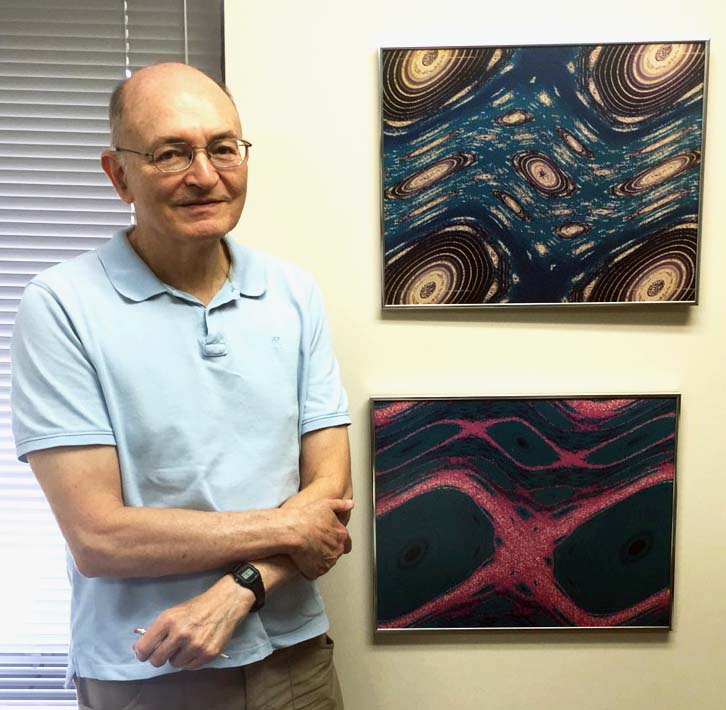Prof. Ott, Prof. Yorke & Alumnus Grebogi Named 2016 Thomson Reuters Citation Laureates
Distinguished University Professor Edward Ott (ECE/Physics/IREAP), his colleagues James A. Yorke (Math/Physics/IPST) and Celso Grebogi (University of Aberdeen in Scotland), have been selected as 2016 Thomson Reuters Citation Laureates in physics. The Citation Laureates program mines scientific research citations annually to identify the most influential researchers who are likely to win the Nobel Prize. The scientists received the honor for their description of a control theory of chaotic systems that came to be known as the “OGY method,” after the order their last names appeared in their paper describing the method. That paper, which has been cited 4,087 times according to the Web of ScienceTM, was published in the journal Physical Review Letters in 1990. While most researchers try to avoid chaos in physical, chemical or biological systems altogether, Ott, Grebogi and Yorke developed a method to control chaos in such systems and even improve system performance. The basic idea begins with the significant observation that an infinite number of unstable periodic orbits are embedded in a chaotic attractor. To employ the OGY method, one selects an unstable orbit that yields improved performance and stabilizes it by applying small system perturbations to the attractor. However, the perturbation must be tiny compared with the overall size of the attractor to avoid significant modification of the system’s natural dynamics. “Our method renders an otherwise chaotic motion more stable and predictable,” said Ott. “It was also the first method to take advantage of the attributes of chaotic dynamics and use them for a specific purpose.” Researchers have used the OGY method to control chaos in a variety of systems, including turbulent fluids, oscillating chemical reactions, magneto-mechanical oscillators and cardiac tissues. Prof. Tom Antonsen (ECE/Physics/IREAP), a longtime colleague of Ott’s acknowledged that “Prof. Ott is one of the most imaginative scientists [he has] ever met. He has the rare ability to take a complicated problem, reduce it to its essentials, and find a general truth that is of interest to many. His work on controlling chaos is but one example of this; he has done the same time and again over the course of his 50-year career.” The annual Citation Laureates study has predicted 39 Nobel Prize winners since 2002. “Highly-cited papers turn out to be one of the most reliable indicators of world-class research, and provides a glimpse at what research stands the best chance at being recognized with a Nobel Prize,” said Jessica Turner, global head of government and academia, Intellectual Property and Science, Thomson Reuters.
Related Articles: September 22, 2016 Prev Next |


